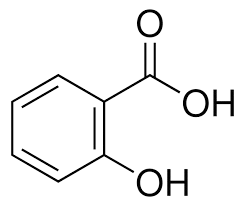applications:
Zinc stearate has many unique properties, which is why it can be used in a wide range of industries.
Zinc Stearate is commonly used as a release agent, heat stabilizer and lubricant in the plastics, polyolefin, polystyrene and rubber industry. Zinc Stearate is also used as a sanding additive in wood coatings (lacquers). In cosmetics, zinc stearate is a lubricant and thickening to improve texture. Thanks to its lubricating effects, water repellency, gelling capacity and non-stick texture, zinc stearate is highly versatile.
The insoluble salt is made of commercial stearic acid, a type of mild fatty acid that is used as an emollient and lubricant. It is often combined with zinc oxide. Zinc, on its own, is known to have antibacterial and antiviral properties.
Below are the industries that benefit from using zinc stearates:
- Rubber:
- Plastics/Polymers:
- Masterbatch:
- Paint and Coating:
- Cosmetics:
- Pharmaceutical:
- Paper:
- Concrete:
Safety of Zinc Stearate
Certain grades of Zinc Stearate are FDA and CIR approved, and the Cosmetics Database considers it to be a low-to-moderate hazard ingredient depending on how much is being used. Some of the concerns listed include an increased risk of cancer, allergies and organ toxicity. However, these studies refer to cases where high levels of the ingredient was given to animals.
According to OSHA, zinc stearate is a human irritant but has low acute toxicity in animal studies as long as it is used accordingly.
Packaging:
Small bags (25kg and 50lb) and Super Sacks (500kg and 1000kg)



